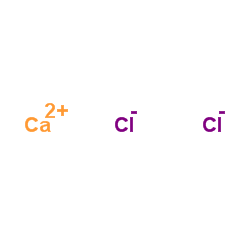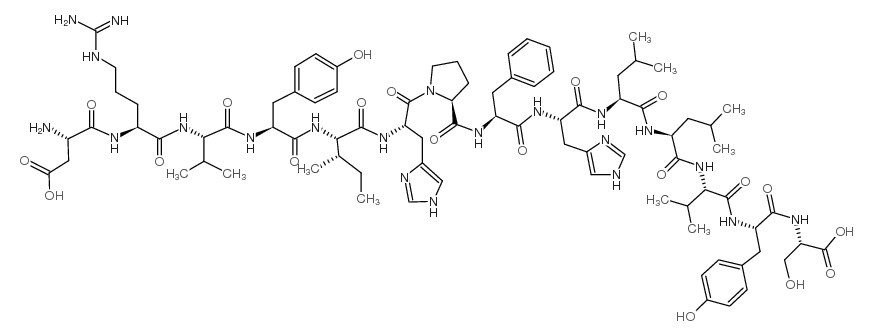| Structure | Name/CAS No. | Articles |
|---|---|---|
 |
Calcium chloride
CAS:10043-52-4 |
|
 |
calcium chloride dihydrate
CAS:10035-04-8 |
|
 |
H-Asp-Arg-Val-Tyr-Ile-His-Pro-Phe-His-Leu-Leu-Val-Tyr-Ser-OH
CAS:20845-02-7 |